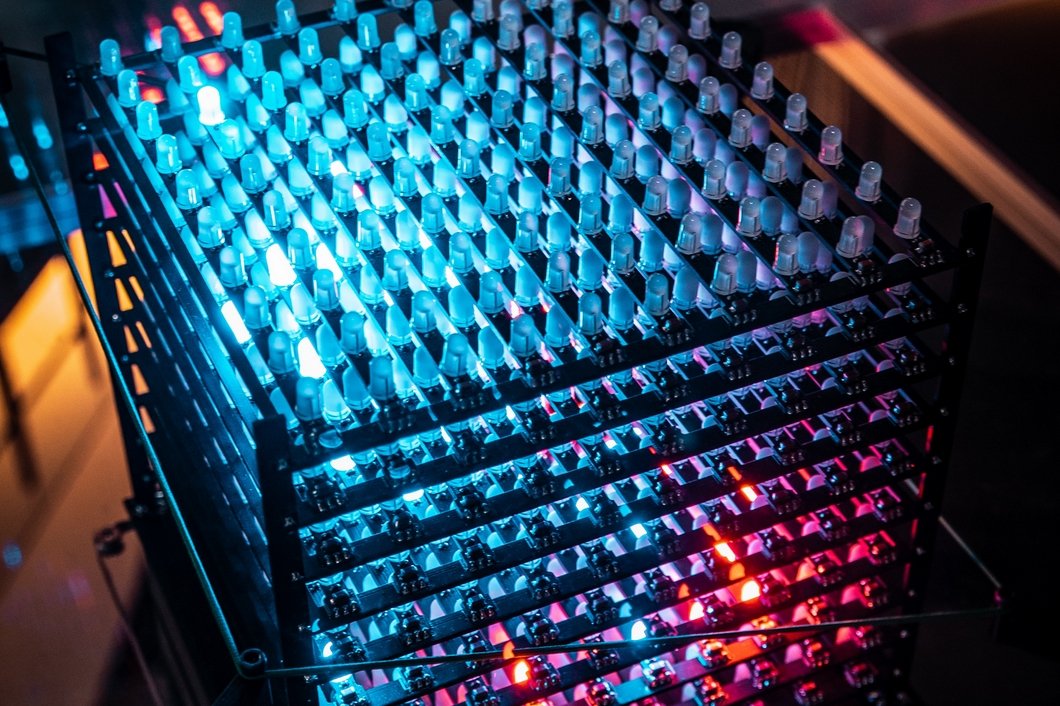Deep Learning is nowadays an extremely popular machine learning method and is, therefore, an important subfield of AI (Artificial Intelligence). It uses machine learning techniques to solve real-world problems by tapping into neural networks that simulate human decision-making, so-called deep convolutional neural networks (CNN). Hence, deep learning trains the machine to do what the human brain does naturally.
Deep learning is best characterized by its layered structure, which is the foundation of artificial neural networks and traditional machine learning. This structure forms a deep neural network. Each layer adds to the knowledge of the previous layer.
Some of the machine learning tasks that can be performed with deep learning software include speech recognition, pose estimation, object tracking, and more.
Deep learning tasks can be expensive, depending on significant computing resources, and the AI models require massive datasets to train themselves on. For Deep Learning, a huge number of parameters need to be understood by a learning algorithm, which can initially produce many false positives. To learn more about what deep learning is, check out our beginner guide about what deep learning is.
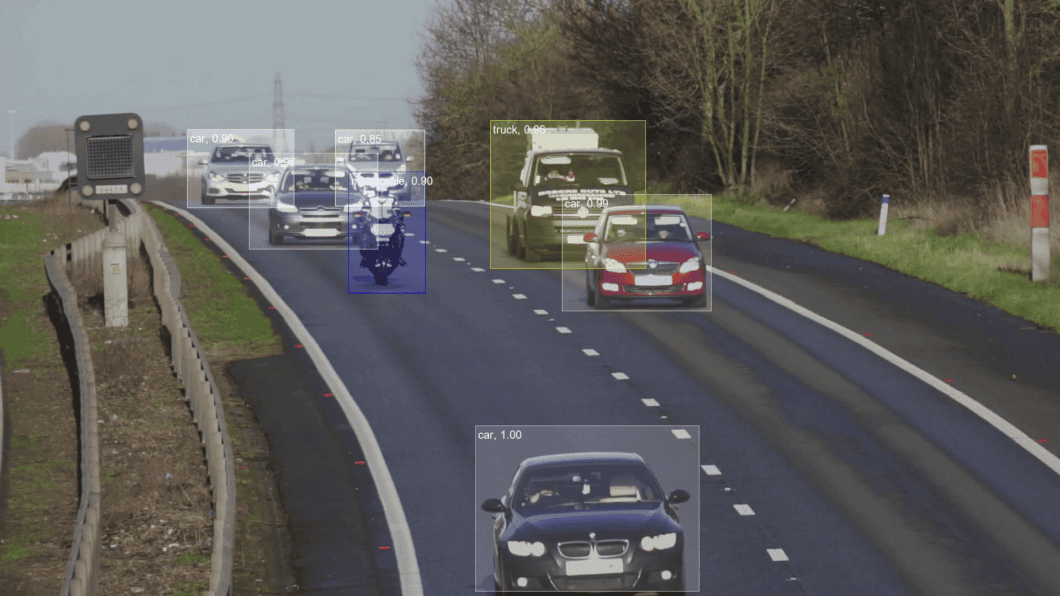
Deep Learning Applications
Deep learning algorithms have made a significant impact in various industries and domains. Some of them are briefly listed below.
Healthcare and Medical Imaging
Deep learning has shown significant results and improvements in the medical field, especially in medical imaging and disease detection. Tasks such as tumor detection, classification of images, and early-stage disease detection have been made possible through deep-learning models.
Financial Analysis and Trading
Deep learning models can be used to analyze large amounts of financial data and make predictions about market trends. The models can process and extract features from financial time series data, and identify patterns and predictions of stock prices, market trends, and risk assessment.
Speech Recognition
Deep learning has enabled machines to accurately transcribe spoken text into written text. Combined with recurrent layers and attention mechanisms, Deep Neural Networks have enhanced speech-to-text conversion, voice assistants, and speaker identification. This has led to the development of voice-controlled applications, transcription services, and voice assistants in various domains.
The Most Popular Deep Learning Tools/Software
The following are the best artificial intelligence software for deep learning:
Viso Suite – End-to-End Deep Learning Platform
Viso Suite is the world’s only end-to-end computer vision infrastructure to build, deploy, and scale AI vision applications. The platform solution is provided by the provider viso.ai and used by Fortune 500 corporations, Startups, and Public Sector Organizations worldwide.
The core of the Viso Suite Platform is a revolutionary AI architecture that dramatically enhances and accelerates the delivery of computer vision. The high-performing solution enables teams to use any camera, deploy anywhere (Edge and Cloud), and integrate with existing systems.
Viso Suite supports training and deployment of all modern deep learning frameworks and models, including PyTorch, TensorFlow, OpenVINO, etc. Every application developed with Viso Suite is future-proof, and algorithms can be rapidly upgraded. For example, using the best-performing algorithm YOLOv7 allows running faster on several times cheaper.
The automated development features accelerate every step in the lifecycle, from edge device management to deployment pipelines, image annotation, dataset evaluation, and model training. Explore the features of Viso Suite.
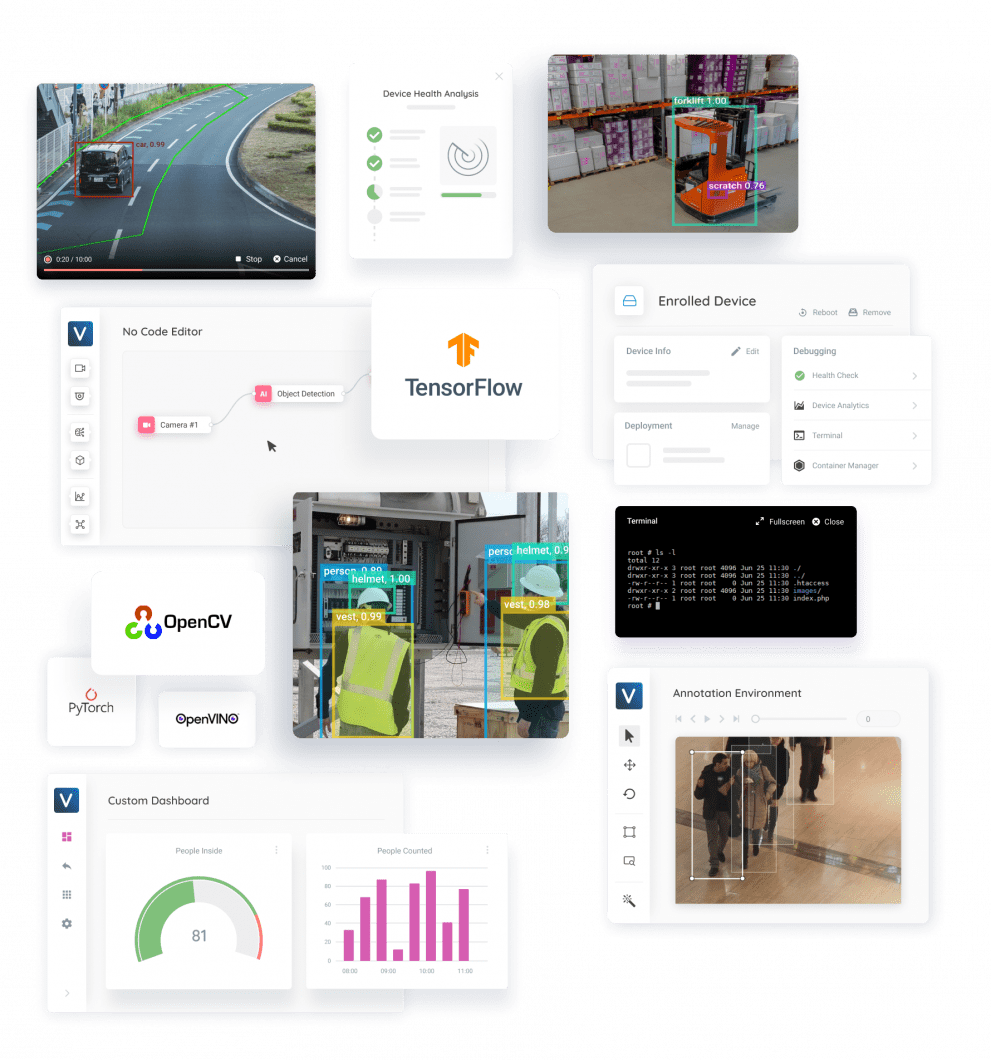
DeepLearningKit – GPU Deep Learning Framework of Apple
DeepLearningKit is open-source deep learning software that Apple uses for its products, including iOS, OS X, tvOS, and more. This deep learning framework supports pre-trained deep learning models on all Apple devices with GPUs.
The DeepLearningKit software is developed in Metal to utilize GPUs more efficiently and is developed in Swift for integration with apps. It supports the usage of deep convolutional neural networks for different tasks, including image recognition.
At present, it is trained on the Caffe deep learning framework, but will soon have support for other frameworks like Torch and TensorFlow.
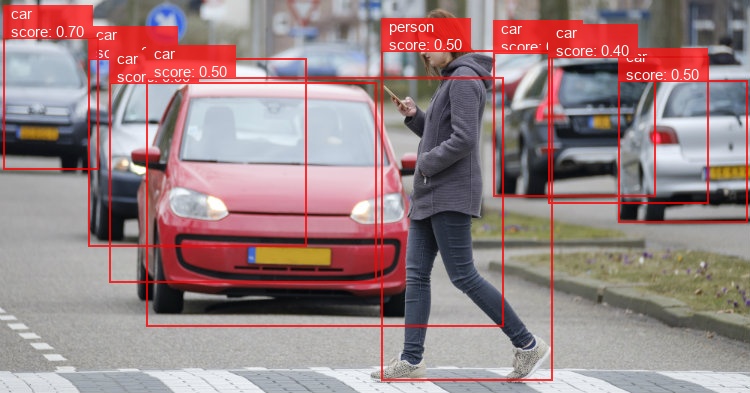
H2O.ai – Deep Learning Platform To Build AI Models and Applications
H2O.ai is a free, open-source AI software deep learning platform that allows developers to build world-class AI models and software applications with remarkable ease. The software platform supports all types of commonly used machine learning tools and statistical algorithms, including deep learning models.
It is built from scratch using Java and can be integrated seamlessly with other popular open-source products like Apache Hadoop and Spark for more flexibility. In addition, the deep learning software platform comes with a user-friendly and convenient interface that makes it easy for anyone to apply deep learning tools to solve complex problems.
Users can build models using either the interactive H2O Flow interface that requires no coding, or choose to use their preferred programming languages like R, Python, etc. To read more about low-code or no-code platforms for deep learning, we recommend you check out Low-Code and No-Code Platforms for AI and Computer Vision.
Microsoft Cognitive Toolkit (CNTK) – Distributed Deep Learning
The Microsoft Cognitive Toolkit is a deep learning software developed by Microsoft Research. The free commercial-grade toolkit is used to train deep-learning models to learn in ways comparable to the human brain.
Previously known as CNTK, it presents neural networks as a series of computational steps via a directed graph. The software toolkit allows for easily realizing and combining popular model types such as feed-forward DNNs, convolutional neural networks (CNNs), and recurrent neural networks (RNNs).
Furthermore, it offers high scalability, speed, and accuracy even when working with massive data sets. In addition, it is compatible with multiple programming languages and algorithms.
The CNTK was one of the first deep-learning toolkits to support the Open Neural Network Exchange ONNX format, an open-source shared model representation for framework interoperability and shared optimization. Co-developed by Microsoft and many others, ONNX allows developers to move deep learning models between frameworks such as CNTK, Caffe2, MXNet, and PyTorch.
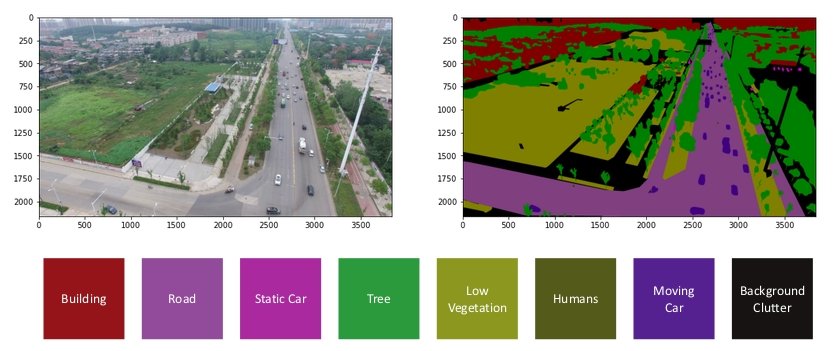
Torch – Open-Source Machine Learning Software Library
Torch is one of the most efficient open-source deep learning software. This computing framework supports all machine learning algorithms that put GPUs first. In addition, a fast and easy-to-understand scripting language named LuaJIT and an underlying C/CUDA implementation ensure that it provides a simple and efficient interface to its users.
Built to provide maximum flexibility and speed to the users in building scientific algorithms, the software includes a massive ecosystem of community-driven packages in machine learning, signal processing, computer vision, etc.
Some of the software’s core features include a powerful N-dimensional array, fast and efficient deep learning GPU support, and numerous routines for slicing, indexing, numerical optimization, etc. It is also embeddable in Android and iOS.
Keras – Deep Learning API Written in Python
Keras is a Python-based deep learning software tool that is popular for its simplicity and flexibility. This open-source library works as an interface for the machine learning platforms TensorFlow and Theano. The main advantage of deep learning with Keras is its exceptional speed – it allows you to develop and train a neural network model using only a few lines of code.
Hence, Keras often requires about 50% less code to define a model than native APIs of deep learning frameworks require. Here is an example of LeNet-5 trained on MNIST data in Keras – only 70 lines of code.
Keras is one of the best deep learning software packages for beginners, as it makes running new experiments easier and faster. This also makes it popular to use for researchers who constantly train and deploy AI models. The user-friendly and easy-to-use interface makes it one of the most popular choices for students interested in gaining knowledge about deep learning with Python.
Keras provides support for both convolutional and recurrent networks and a combination of both types.
ConvNetJS – JavaScript Library for Training Deep Learning Models
ConvNetJS allows users to train neural network-based deep learning models using JavaScript, right from their browser windows. It is a hassle-free option that doesn’t need any installations, compilers, deep-learning GPUs, or specific software requirements.
Created by a Ph.D. student of Stanford, Andrej Karpathy, who is now the director of AI at Tesla. The ConvNetJS software library gradually expanded through community contributions. It supports standard neural network modules and helps specify and train convolutional networks for processing images.
Deeplearning4j – Java Framework for Deep Learning
Deeplearning4j is the first commercial-grade open-source deep-learning software library created in Java. It is compatible with all JVM languages, including Scala, Clojure, and Kotlin. This software is designed to bring AI to business environments for use on distributed GPUs and CPUs.
The software makes use of popular computing frameworks such as Apache Spark and Hadoop to accelerate training. It can be used to create multi-layer deep neural networks with ease. In addition, it offers users the flexibility to combine variational autoencoders, sequence-to-sequence autoencoders, convolutional networks, and recurrent networks as needed.
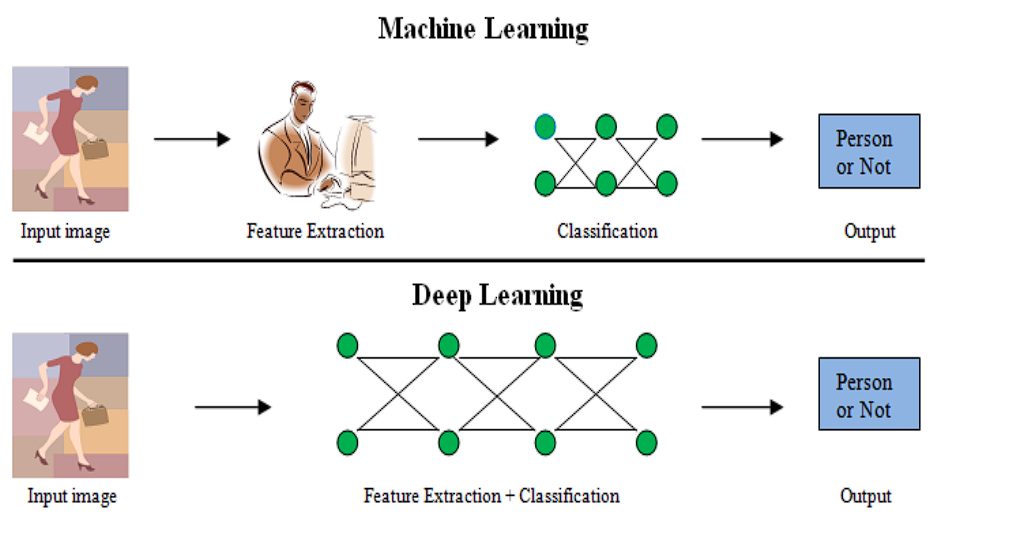
Gensim – Python-Based Unsupervised Topic Modeling and NLP
Gensim is a free-to-use open-source library written in Python. It is useful for supervised and unsupervised topic modeling and Natural Language Processing using machine learning tools. This software is different from other machine or deep learning software as it doesn’t target in-memory processing. Instead, it is designed for extracting semantic topics from documents.
One of the core features of Gensim is its ability to handle large collections of textual data. The deep learning Python software is more convenient for text processing than other available packages like Scikit-learn, etc. It finds application in different fields such as medicine, insurance, etc.
Caffe – Fast Open Framework for Deep Learning
The Caffe (Convolutional Architecture for Fast Feature Embedding) deep learning software framework is built with keeping expression, speed, and modularity in mind. It is an open-source framework, initially developed by Berkeley AI Research (BAIR) at the University of California, Berkeley. The software is currently released under the BSD 2-Clause license.
The software is written in the C++ programming language and supports numerous deep learning architectures, especially those related to image segmentation and image classification. It can process close to 60M images in one day with a single NVIDIA AI GPU K40. The high speed and image processing capability make it a suitable choice for industrial implementation and research purposes. In addition, it can be used to train different types of neural networks.
Using multiple deep learning GPUs is currently not officially supported in Keras using existing Keras backends (Theano or TensorFlow), even though most deep learning frameworks have multi-GPU support, including TensorFlow, MXNet, CNTK, Theano, PyTorch, and Caffe2.
Neural Designer – Explainable AI Deep Learning Platform
Neural Designer is among the most popular explainable AI and deep learning software used extensively for building predictive models. A code-free app for data science, Neural Designer allows you to quickly build AI-powered applications. This software enables developers to build AI models based on neural networks to recognize patterns, make predictions, and recognize relationships based on input data.
This software is compatible with the most common data file types and features various technical tools to solve data-related issues.
It owes its popularity to its graphical user interface, allowing users to build predictive models or conduct complex operations quickly, easily, and efficiently. The DL software can be used for solving problems of approximation, classification, forecasting, and association.
Neural Designer is used extensively in several industries, including banking, insurance, healthcare, manufacturing, engineering, etc.
What’s Next for Deep Learning Software?
There are multiple deep learning software and machine learning tools available that are popularly used in AI projects, to deploy and apply neural networks for deep learning tasks.
To read more about related topics, you might want to read another article:
